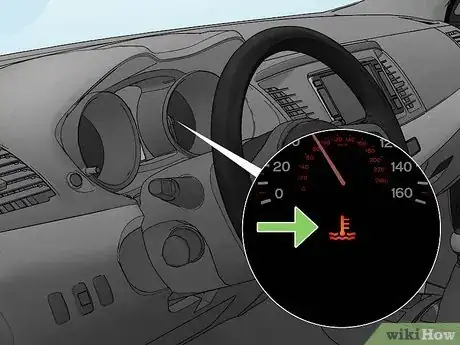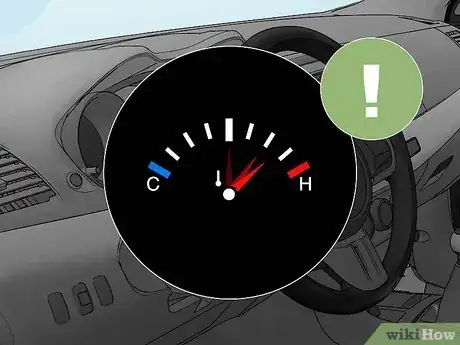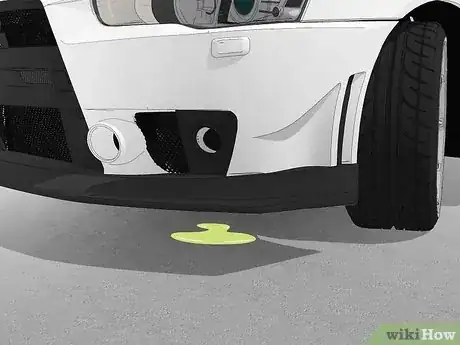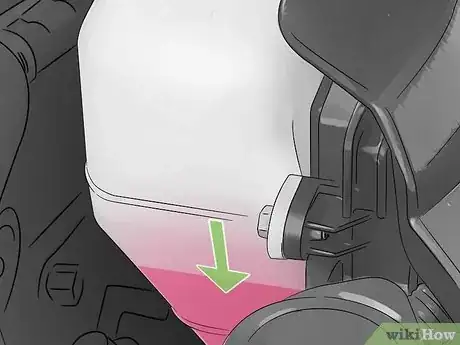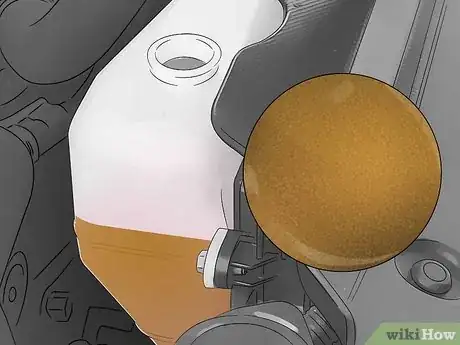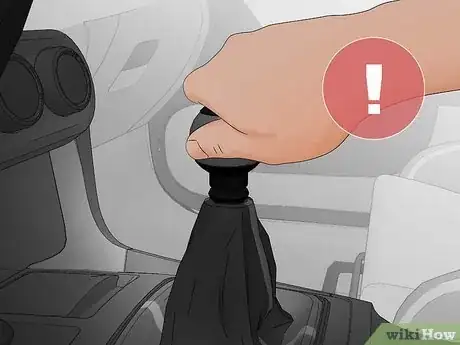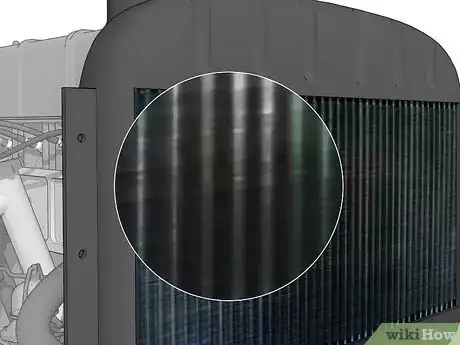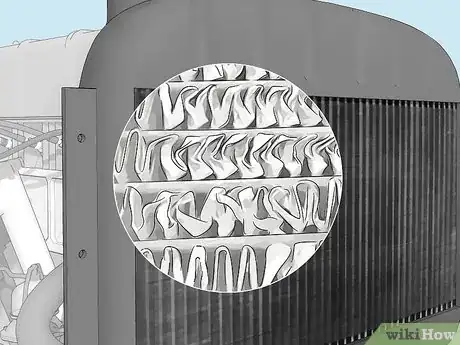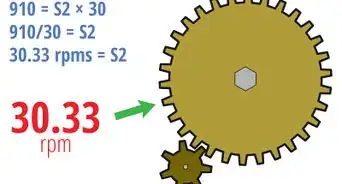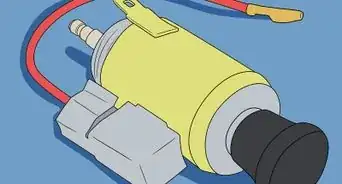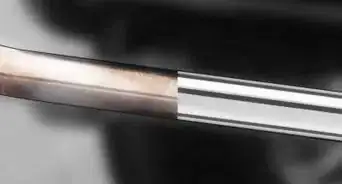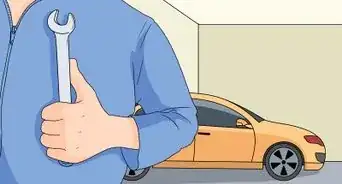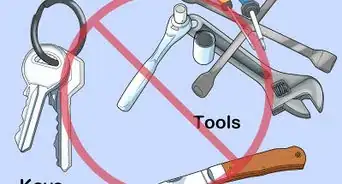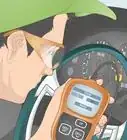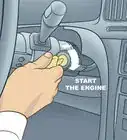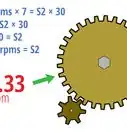This article was co-authored by Duston Maynes and by wikiHow staff writer, Eric McClure. Duston Maynes is an Automotive Repair Specialist at RepairSmith. Duston specializes in leading a team that handles a variety of automotive repairs including replacing spark plugs, front and rear brake pads, fuel pumps, car batteries, alternators, timing belts, and starter motors. Duston holds an Associate’s degree in Automotive/Diesel Technology from The Universal Technical Institute of Arizona and is a Certified Diagnostic Technician and Automobile Mechanics Technician through BMW STEP. RepairSmith received The 2020 Big Innovation Award by Business Intelligence Group and The Startup of the Year by the American Business Awards. RepairSmith was also included in Built in LA’s 50 Startups to Watch and The Business Intelligence Group’s 52 Names Leading the Way in Customer Service. RepairSmith offers in-home services to provide car owners convenient and complete auto repair everywhere.
There are 8 references cited in this article, which can be found at the bottom of the page.
Your car’s radiator is as important as the engine itself; without a functioning radiator, your vehicle has no way of getting rid of the heat it generates. If your radiator is failing, it needs to be addressed since excessive temperatures can seriously damage the components in your engine bay. This can be tricky, though! The radiator system is complex and isolating the problem can be a little difficult. That’s where we come in! In this article, we’ll show you how to analyze the problem to determine if your radiator is dying or needs service.
Things You Should Know
- The radiator is responsible for cooling your vehicle, so any overheating is a sign something is wrong.
- Look under your vehicle and inside of the engine bay for leaking coolant or bubbling around the radiator cap.
- Coolant rarely needs to be refilled, so if you find your reservoir goes empty regularly, it’s a big sign there’s an issue.
- Inspect the radiator visually at the front of your vehicle to look for cracks or buildup on the fins.
Steps
References
- ↑ https://www.cars.com/articles/should-i-worry-about-how-hot-my-engine-is-running-1420680334271/
- ↑ https://www.torque.com.sg/advice/temperature-gauge-fluctuation-what-cause/
- ↑ https://askcarmechanic.com/why-radiator-bubbling-with-cap-off/
- ↑ https://www.thedrive.com/maintenance-repair/37378/how-to-check-coolant-level
- ↑ https://medium.com/@autoladysynergy/5-common-signs-of-a-faulty-radiator-cap-358f4941d1a6
- ↑ https://static.nhtsa.gov/odi/tsbs/2022/MC-10213777-9999.pdf
- ↑ https://transmissioncoolerguide.com/transmission-coolers/can-the-radiator-cause-transmission-cooling-problems/
- ↑ https://sg.news.yahoo.com/5-signs-tell-radiator-clogged-090020008.html
- ↑ https://sg.news.yahoo.com/5-signs-tell-radiator-clogged-090020008.html
